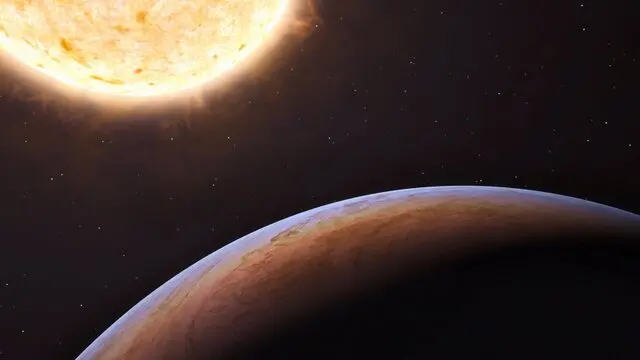'Trovata prova consistente di vita su un pianeta alieno'

ROMA, 17 APR - Non è ancora una prova definitiva dell'esistenza di vita su un altro pianeta, ma gli scienziati sostengono che sia la più consistente individuata finora: il telescopio James Webb - riporta la Reuters sul suo sito - ha avvistato un pianeta con un oceano di acqua liquida sotto un'atmosfera ricca di idrogeno, del tipo prodotto dalle alghe, in orbita attorno a una nana rossa. K2-18b ha una massa 8,6 volte quella della Terra e si trova a circa 124 anni luce dal nostro pianeta. I due gas rilevati nella sua atmosfera - dimetil solfuro, o Dms, e dimetil disolfuro, o Dmds - sono generati sulla Terra da organismi viventi, principalmente da forme di vita microbica come il fitoplancton marino o le alghe. Questo suggerisce - affermano i ricercatori - che il pianeta potrebbe essere ricco di vita microbica. Hanno tuttavia sottolineato che non stanno annunciando la scoperta di veri e propri organismi viventi, ma piuttosto di una possibile 'biofirma' - un indicatore di un processo biologico - e che i risultati devono essere considerati con cautela, in quanto sono necessarie ulteriori osservazioni. L'astrofisico Nikku Madhusudhan dell'Istituto di Astronomia dell'Università di Cambridge, autore principale dello studio pubblicato sull'Astrophysical Journal Letters, non nasconde il suo entusiasmo: "questi sono i primi indizi di un mondo alieno potenzialmente abitato", sebbene, probabilmente, solo da forme di vita elementari.
Riproduzione riservata © Giornale di Brescia
Iscriviti al canale WhatsApp del GdB e resta aggiornato